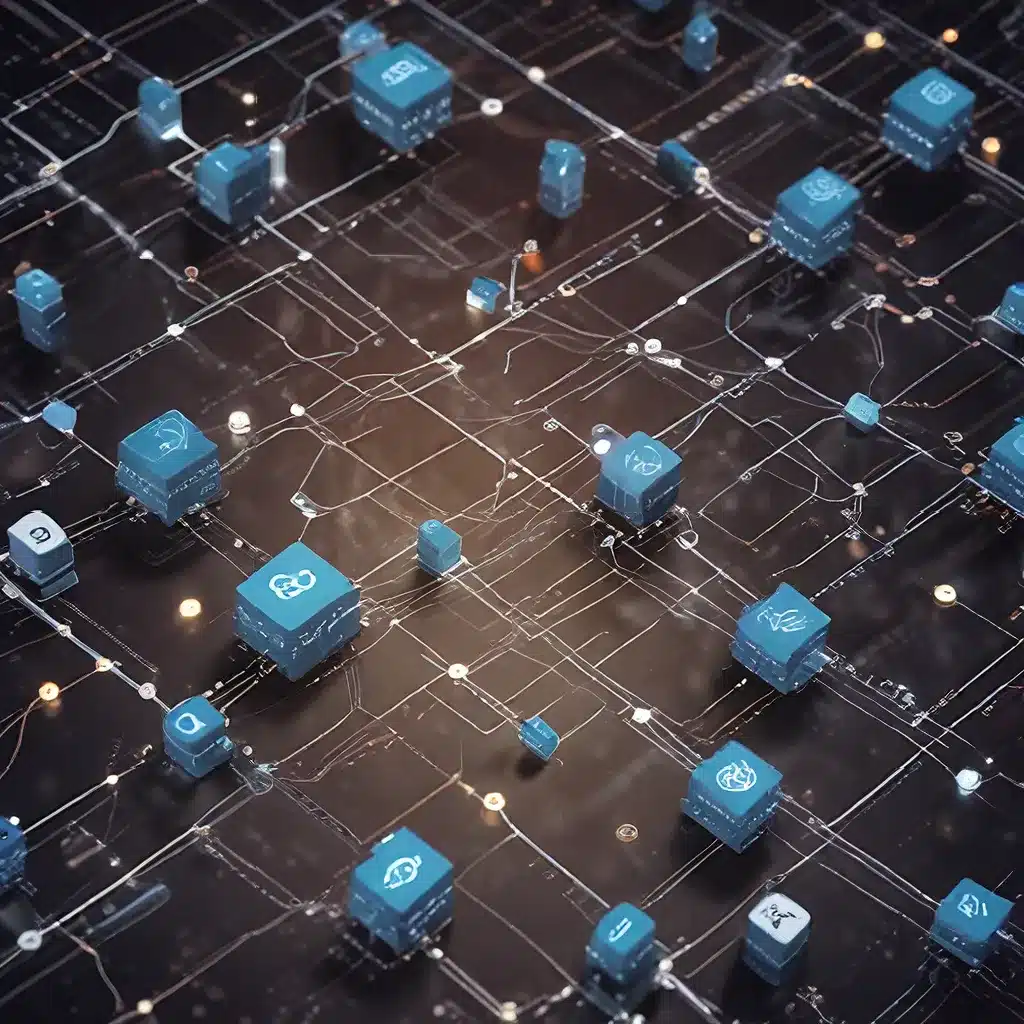
The Evolving Landscape of Sensor Networks and IoT
The world of sensor networks and Internet of Things (IoT) is rapidly evolving, driven by advancements in both hardware and software technologies. Sensor networks, in particular, have become the backbone of modern IoT applications, enabling the collection and transmission of vast amounts of data from diverse environments. As these systems grow in complexity and scale, the need for robust and adaptive fault diagnosis mechanisms has become increasingly crucial.
Distributed algorithms have emerged as a promising approach to tackle the challenges of fault diagnosis in sensor-driven IoT. These algorithms leverage the inherent decentralized nature of sensor networks, allowing for efficient and scalable fault detection and isolation.
By harnessing the power of distributed computing, sensor networks can now monitor their own health, identify faulty components, and adapt to changing conditions, ensuring reliable and resilient data collection and transmission. This not only improves the overall performance of IoT systems but also enhances their security and energy management capabilities.
Understanding Distributed Algorithms for Fault Diagnosis
Distributed algorithms for fault diagnosis in sensor-driven IoT systems typically involve a combination of local and global decision-making processes. At the local level, individual sensor nodes continuously monitor their own performance and the status of their neighbors. This decentralized approach allows for faster detection of faults and quicker response times.
The global level, on the other hand, involves the aggregation and coordination of these local observations, enabling the system as a whole to develop a comprehensive understanding of its overall health. This collaborative approach helps to identify and isolate more complex or interdependent faults that may not be readily apparent at the individual node level.
One of the key advantages of distributed algorithms is their ability to adapt to changing conditions in the sensor network. As new nodes are added, or existing ones fail or are replaced, the algorithms can dynamically reconfigure the system, ensuring continuous and reliable data collection and transmission.
Enhancing IoT Security and Energy Management
Distributed algorithms for fault diagnosis also play a crucial role in enhancing the security and energy management of IoT systems.
Security: By continuously monitoring the health and behavior of sensor nodes, distributed algorithms can detect and mitigate potential security threats, such as cyber attacks or unauthorized access. This proactive approach helps to safeguard the integrity of the data and the overall system, ensuring that IoT applications remain resilient and trustworthy.
Energy Management: Sensor networks often operate in resource-constrained environments, where energy efficiency is a critical concern. Distributed algorithms for fault diagnosis can optimize the energy consumption of sensor nodes by identifying and deactivating faulty or underperforming components, thereby extending the overall battery life and operational duration of the IoT system.
IoT Applications and the Role of Distributed Algorithms
The applications of sensor-driven IoT are vast and diverse, spanning industries such as smart cities, healthcare, agriculture, manufacturing, and environmental monitoring.
In smart cities, for example, distributed algorithms for fault diagnosis can enhance the reliability of traffic management systems, utility grids, and public safety monitoring, ensuring uninterrupted and efficient delivery of critical services.
In the healthcare domain, these algorithms can improve the performance of remote patient monitoring systems, detecting and mitigating sensor failures or data anomalies in a timely manner, thereby enhancing the quality of care and patient outcomes.
In agricultural applications, distributed algorithms can optimize the use of water and other resources by identifying and addressing issues with soil moisture sensors, weather stations, and irrigation systems, ultimately improving crop yields and reducing environmental impact.
Conclusion: The Future of Sensor Networks and IoT
The integration of distributed algorithms for adaptive fault diagnosis in sensor-driven IoT systems represents a significant step forward in the evolution of these transformative technologies. By enhancing the reliability, security, and energy efficiency of IoT applications, these algorithms unlock new possibilities for innovative and impactful solutions across a wide range of industries and domains.
As the sensor network and IoT landscape continues to expand and evolve, the importance of robust and adaptive fault diagnosis mechanisms will only grow. Researchers, engineers, and industry leaders must continue to push the boundaries of what is possible, leveraging the power of distributed computing and advancing the state-of-the-art in sensor network design and IoT applications.
By doing so, we can unlock the full potential of these transformative technologies, improving the quality of life for individuals and communities around the world.